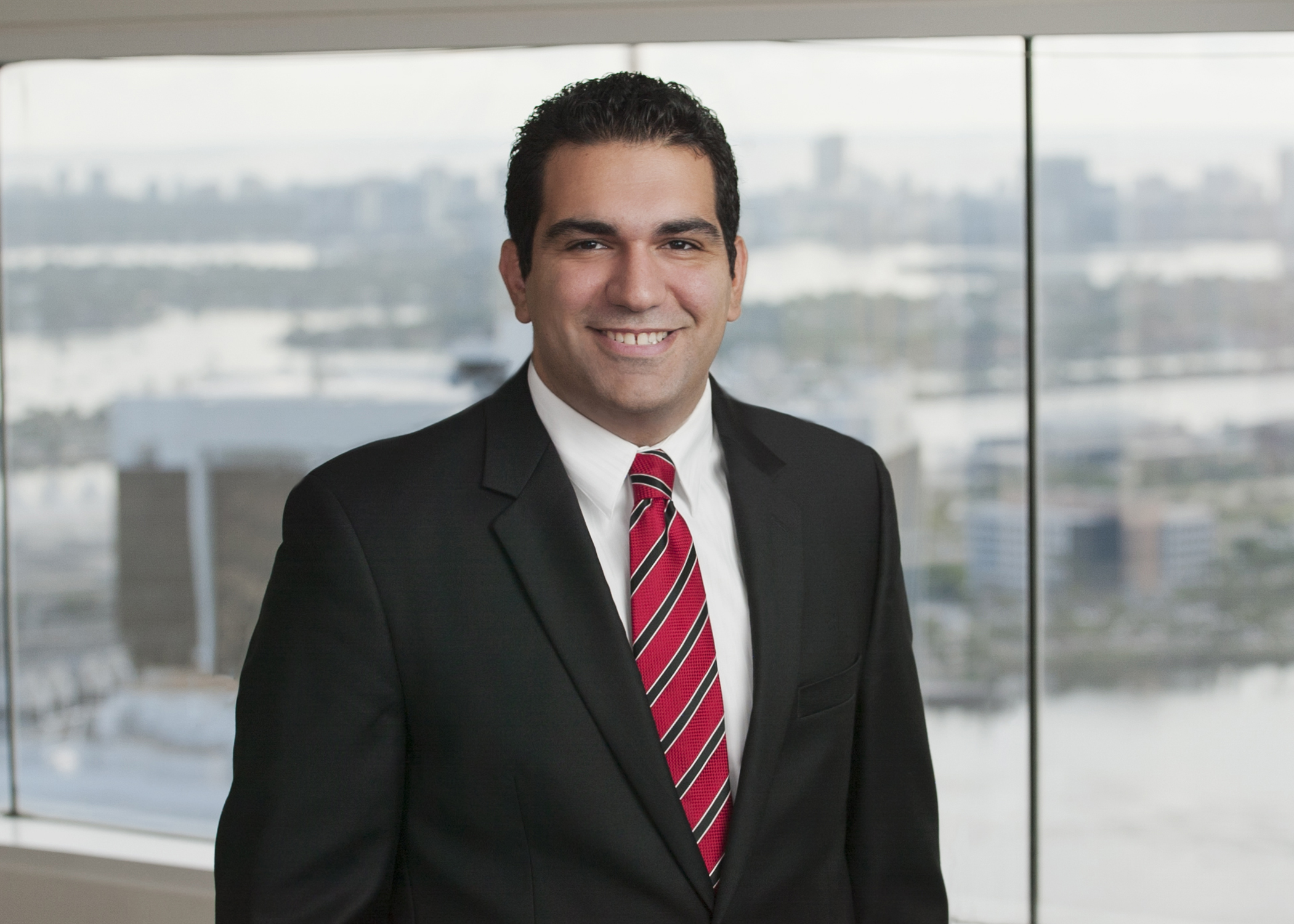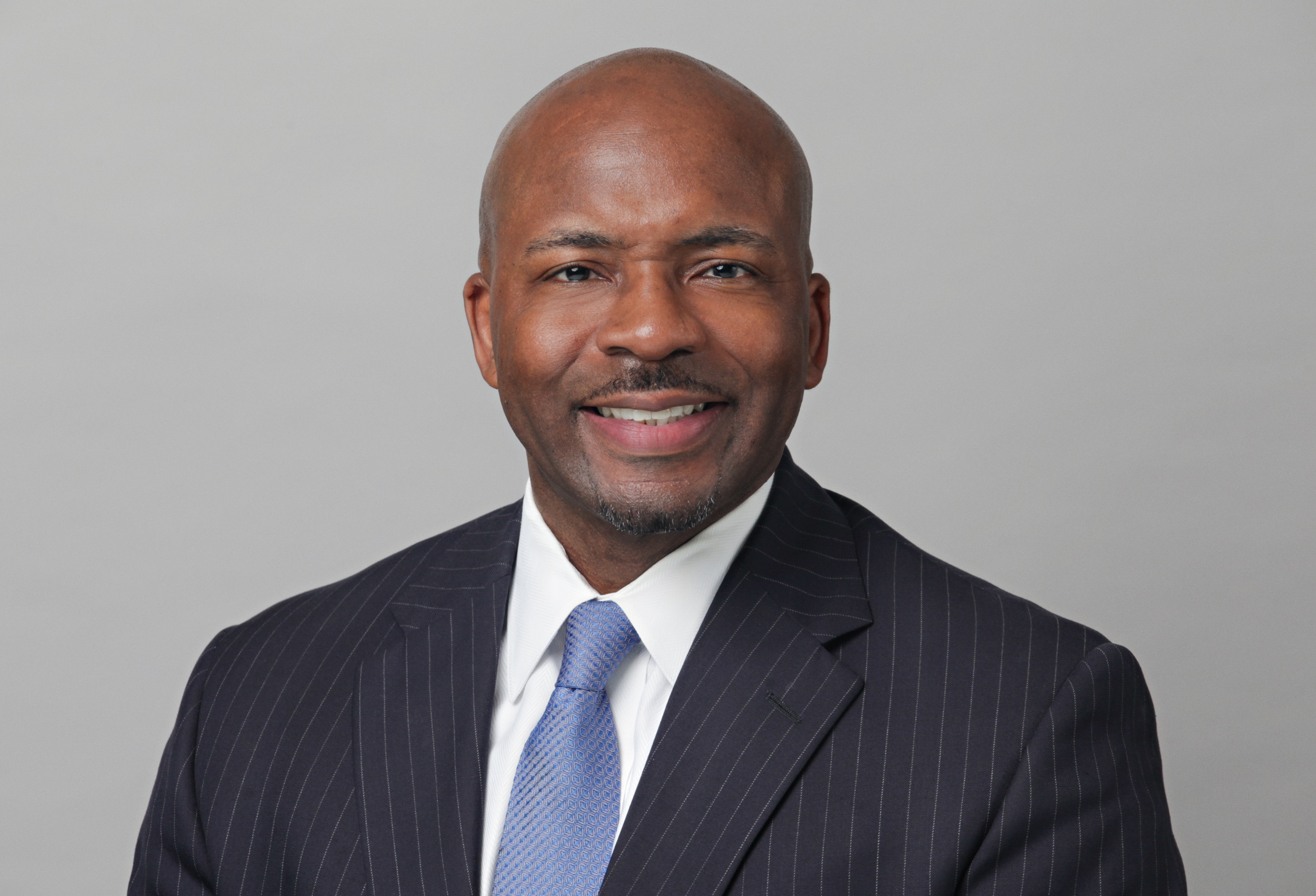The 2018 Farm Bill gave cannabis businesses around the country a legal path to market and sell hemp and hemp-derived products. Despite the groundbreaking law, several regulatory uncertainties remain. The FDA has been a source of many of those uncertainties, but recent action suggests that the agency plans to impose heavy burdens on companies selling CBD products that claim to provide health benefits. Recently, the FDA held a public hearing during which it signaled that health claims associated with cannabis-related products was a primary concern. Congress subsequently pressured the FDA to develop a regulatory framework for the cannabis industry and the agency announced that it was expediting its efforts to do so, promising an update on its progress by this fall.
 Then, on July 22, the agency issued a warning letter to Curaleaf regarding its claims that several of its products provide specific health benefits. The agency included a threat to seize Curaleaf’s products if the issues raised in the letter are not resolved. How the FDA ultimately regulates cannabis products going forward will have a significant impact on the industry as a whole. Indeed, the agency has significant powers over product manufacturers, including the ability to seize products through the U.S. Marshalls. This article will delve into the specifics on the FDA’s warning letter and address how manufacturers can limit the risks associated with making health-related claims.
Then, on July 22, the agency issued a warning letter to Curaleaf regarding its claims that several of its products provide specific health benefits. The agency included a threat to seize Curaleaf’s products if the issues raised in the letter are not resolved. How the FDA ultimately regulates cannabis products going forward will have a significant impact on the industry as a whole. Indeed, the agency has significant powers over product manufacturers, including the ability to seize products through the U.S. Marshalls. This article will delve into the specifics on the FDA’s warning letter and address how manufacturers can limit the risks associated with making health-related claims.
The FDA’s Warning: Beware of “Unsubstantiated” Health Claims
The FDA’s letter explained that it determined several of Curaleaf’s CBD products “are unapproved new drugs sold in violation of sections 505(a) and 301(d) of the Federal Food, Drug, and Cosmetic Act (FDCA).” The letter goes on to say that one of Curaleaf’s pet CBD products “are unapproved new animal drugs that are unsafe.” Curaleaf has 15 days to respond to the agency’s letter. The agency cited the following health claims as problematic, among others.
- “CBD has been demonstrated to have properties that counteract the growth of [and/or] spread of cancer.”
- “CBD was effective in killing human breast cancer cells.”
- “CBD has also been shown to be effective in treating Parkinson’s disease.”
- “CBD has been linked to the effective treatment of Alzheimer’s disease ….”
- “CBD is being adopted more and more as a natural alternative to pharmaceutical-grade treatments for depression and anxiety.”
- “CBD can also be used in conjunction with opioid medications, and a number of studies have demonstrated that CBD can in fact reduce the severity of opioid-related withdrawal and lessen the buildup of tolerance.”
- “CBD oil is becoming a popular, all-natural source of relief used to address the symptoms of many common conditions, such as chronic pain, anxiety … ADHD.”
- “What are the benefits of CBD oil? …. Some of the most researched and well-supported hemp oil uses include …. Anxiety, depression, post-traumatic stress disorders, and even schizophrenia …. Chronic pain from fibromyalgia, slipped spinal discs . . . Eating disorders and addiction . . ..”
- “[V]ets will prescribe puppy Xanax to pet owners which can help in certain instances but is not necessarily a desirable medication to give your dog continually. Whereas CBD oil is natural and offers similar results without the use of chemicals.”
- “For dogs experiencing pain, spasms, anxiety, nausea or inflammation often associated with cancer treatments, CBD (aka cannabidiol) may be a source of much-needed relief.”
The letter explicitly warned, “Failure to correct the violations promptly may result in legal action, including product seizure and injunction.” The FDA has a history of seizing products it deems non-compliant with its regulations. Recently, the U.S. Marshals, at the direction of the FDA, seized 300,000 units of a cosmetic company’s product. The impact of such a seizure on a business’ profits and operations is staggering. FDA action also has a direct impact on publicly traded cannabis companies’ stock price. When news of the FDA’s Curaleaf letter circulated, Curaleaf shares plunged 8%.
Balancing Regulatory Risk and Business Objectives
While the FDA’s letter appears to create a new risk for the cannabis industry, the stock market’s reaction is arguably overblown. The fact that the FDA would question a product’s ability to kill cancer cells is not surprising. I am not familiar with Curaleaf’s research efforts and it is not my goal to pass judgment on their claims. Rather, my point is that manufacturers need to make sure legitimate scientific studies underpin all of their health claims, regardless of the industry. Manufacturers will never be able to avoid regulatory scrutiny or even litigation regarding their health claims entirely. Instead, cannabis companies should take steps to ensure that they can credibly respond to regulatory scrutiny or present strong defenses in potential litigation. Establishing a robust research department is a start. But manufacturers must develop institutional knowledge of the most cutting-edge research regarding their products.Developing in-depth institutional knowledge regarding the state-of-the-art scientific research on your product is a must.
Manufacturers that market products primarily for their health benefits should consider working with clinical researchers to study their products. There should be written policies and guidelines, as well as employee training, for conducting these studies and dealing with researchers in order to protect the quality of the study. For purposes of mitigating regulatory and litigation risks, the perceived quality of these studies can be just as important as their actual quality. Regulators and plaintiff’s attorneys can easily misinterpret (sometimes intentionally) written communications between a manufacturer and researcher in ways that suggests a particular study was outcome-driven and not a legitimate scientific undertaking. Manufacturers should consult with attorneys experienced in defending product liability and mass tort litigation so that their labeling and research practices are based on historical examples of successful (and sometimes, unsuccessful) product manufacturers.
Key Takeaways
Manufacturing consumer products comes with substantial litigation and regulatory risks. There are several historical and current examples of product labels, health claims, and warnings leading to thousands of lawsuits filed simultaneously across the country against a single manufacturer. Fees associated with defending against even meritless claims can force a manufacturer into bankruptcy. The regulatory risks can also have devastating effects on the day-to-day business operations of any manufacturer. Eliminating these risks is impossible, but addressing them upfront before a product launch, regulatory crackdown, or lawsuit is considerably less expensive than dealing with costly litigation or government seizure of entire inventories. Developing in-depth institutional knowledge regarding the state-of-the-art scientific research on your product is a must. Also, consider working with a clinical researcher to support any claimed health benefits or even discover new health benefits associated with your product. Finally, consult a lawyer with experience in product liability and mass tort litigation to strengthen your policies and procedures regarding research, develop credible health claims, and craft strong warnings.























